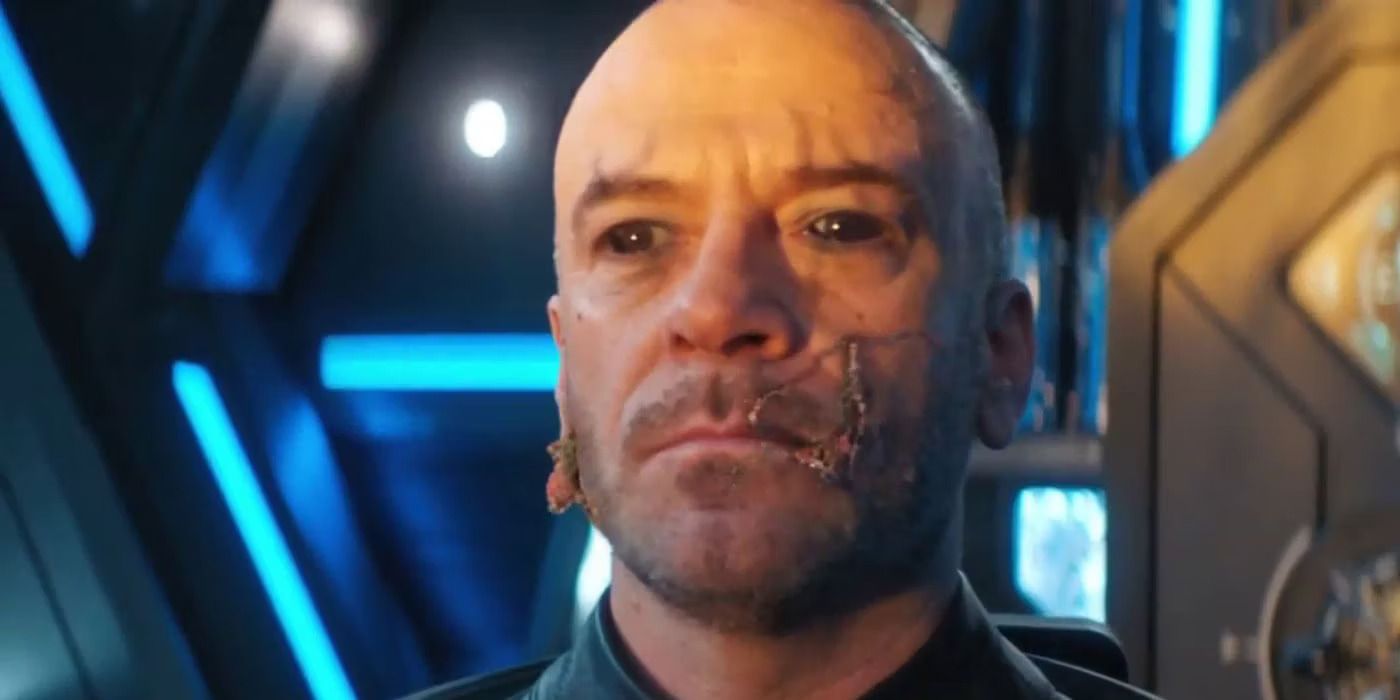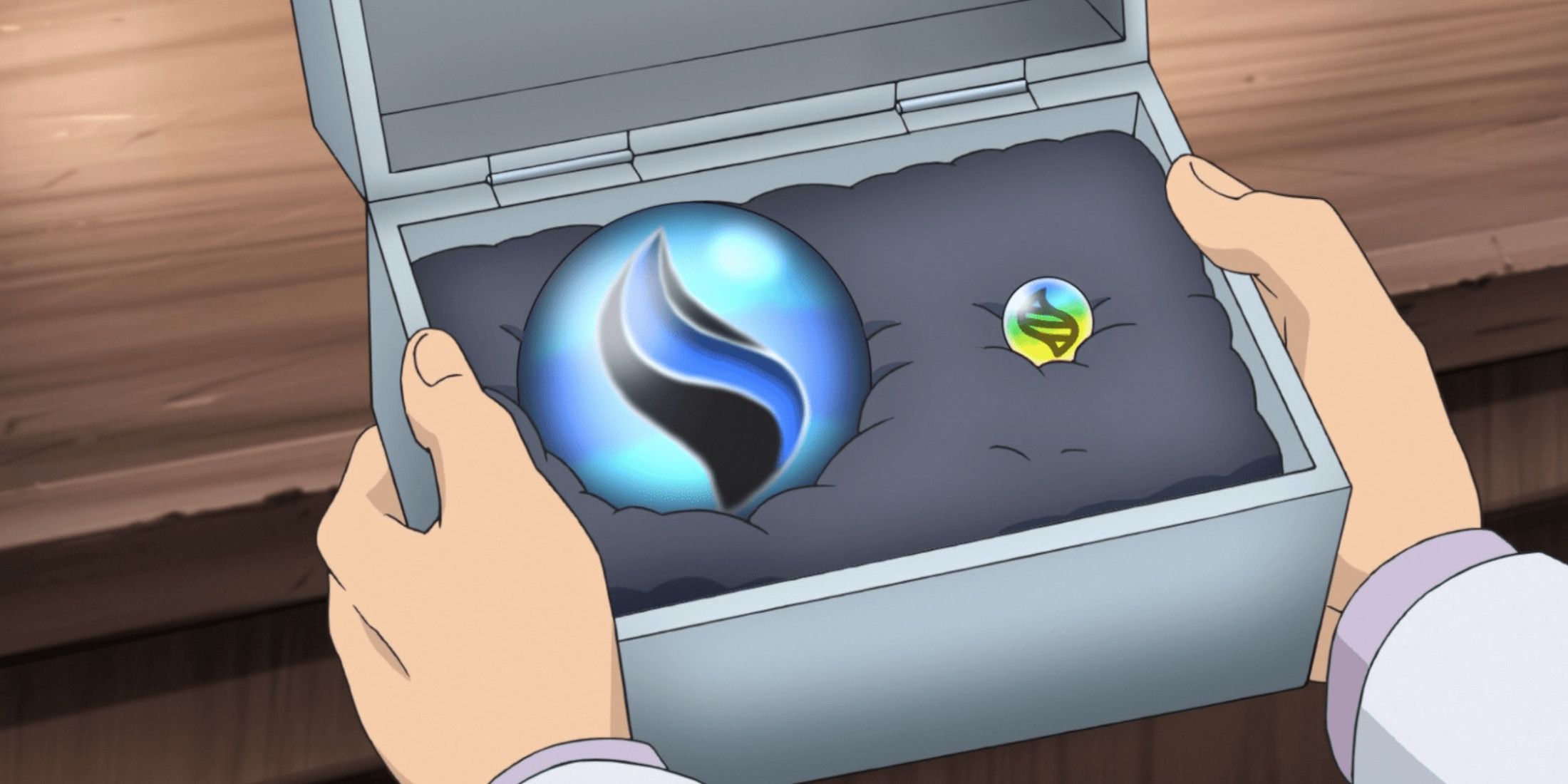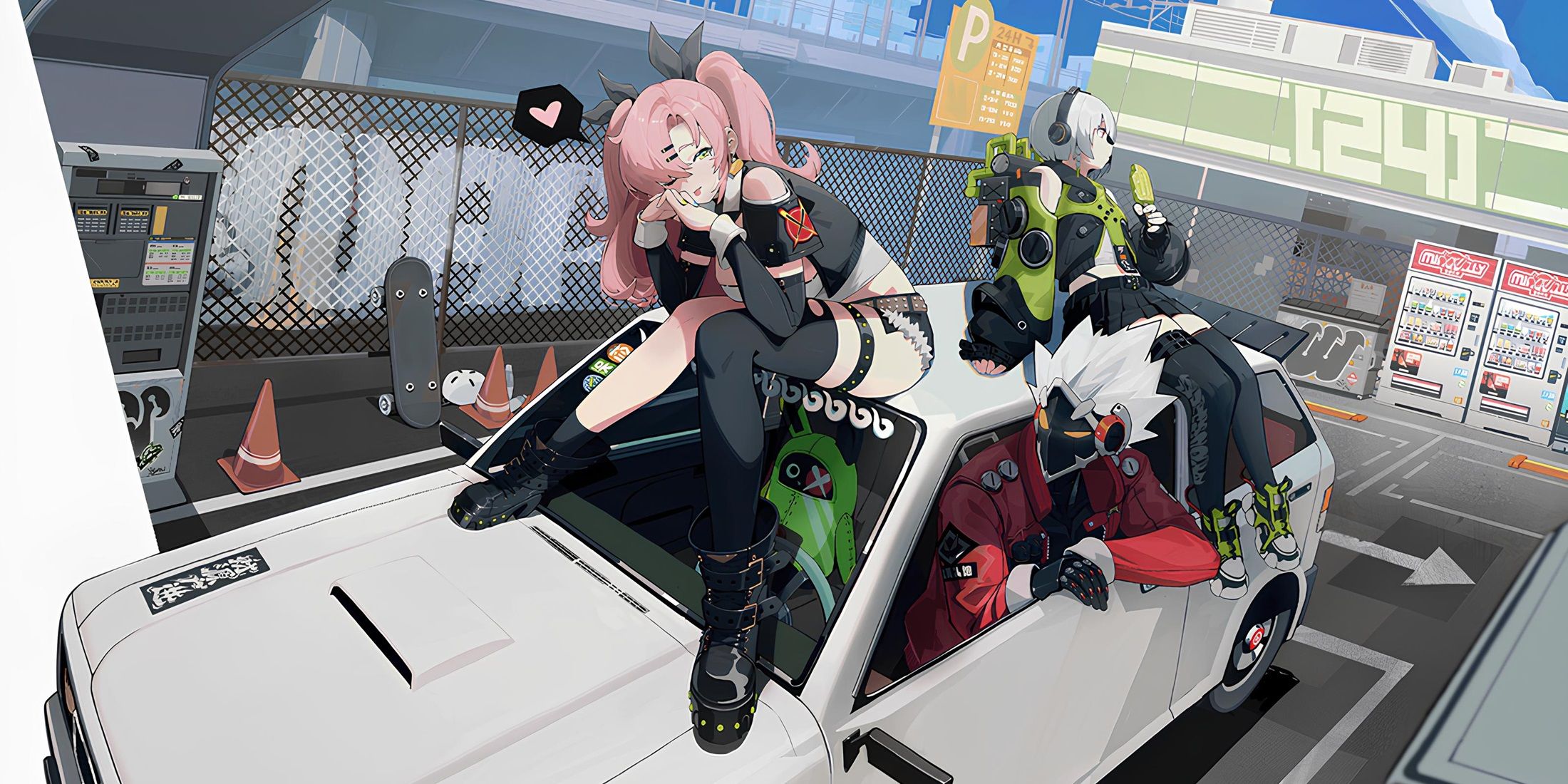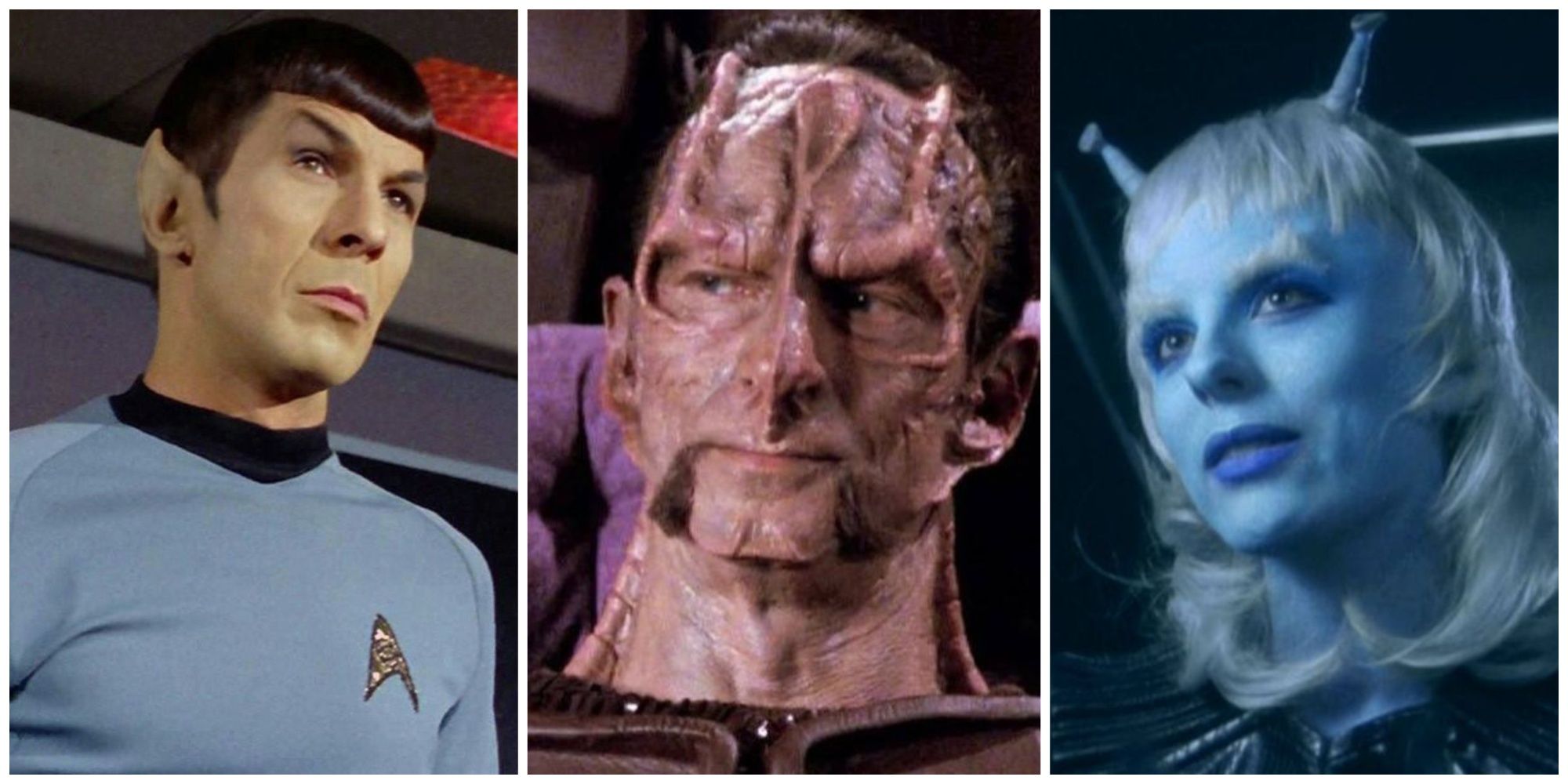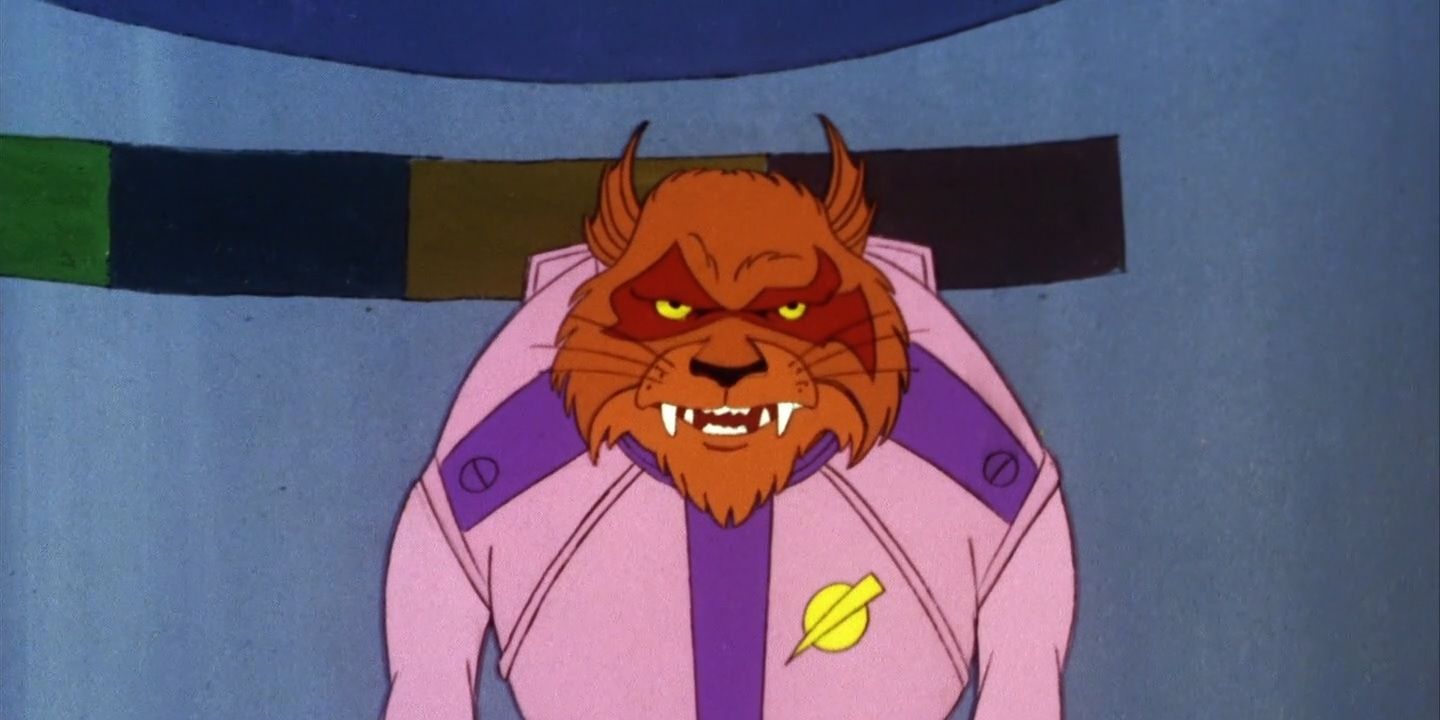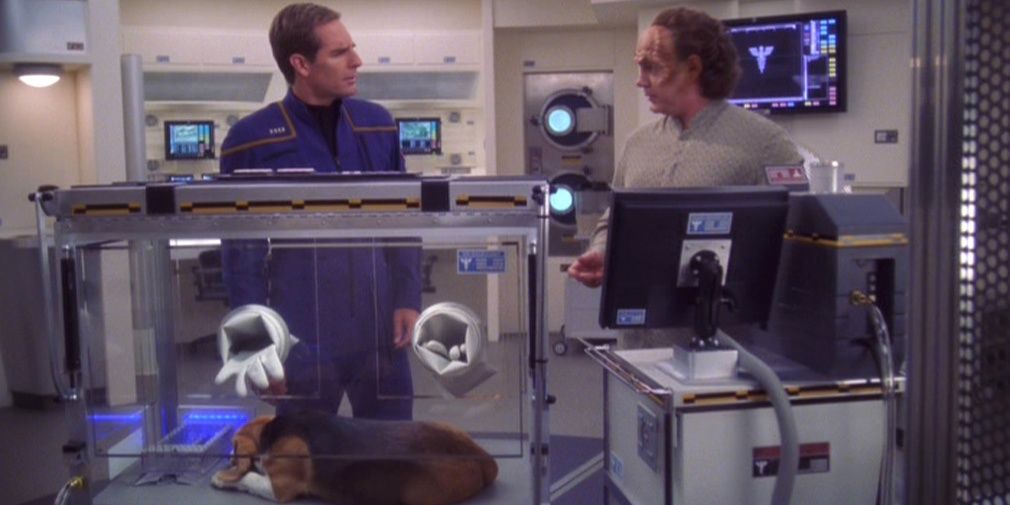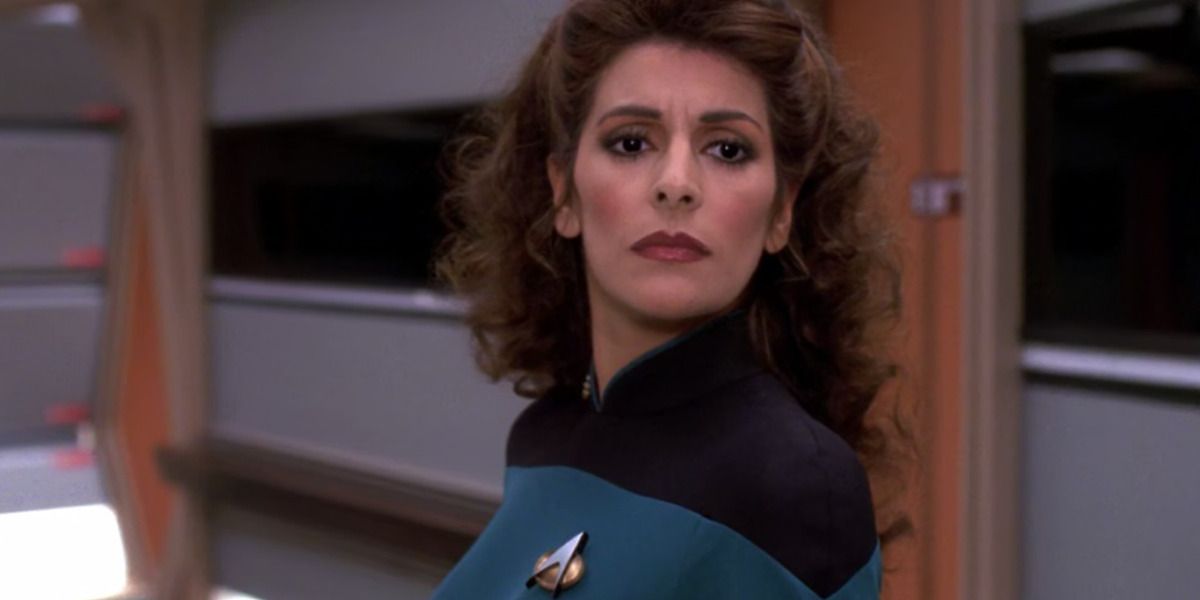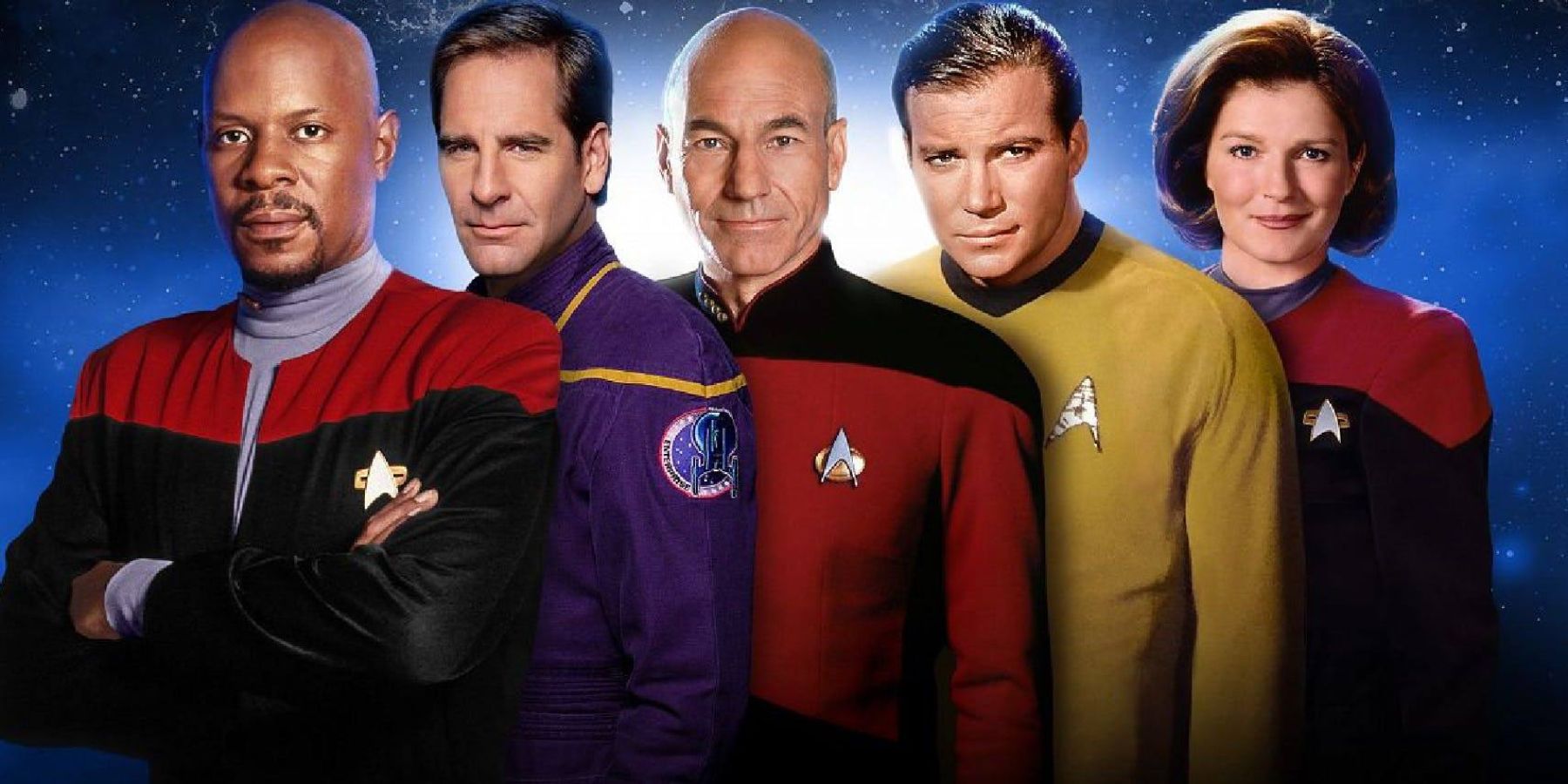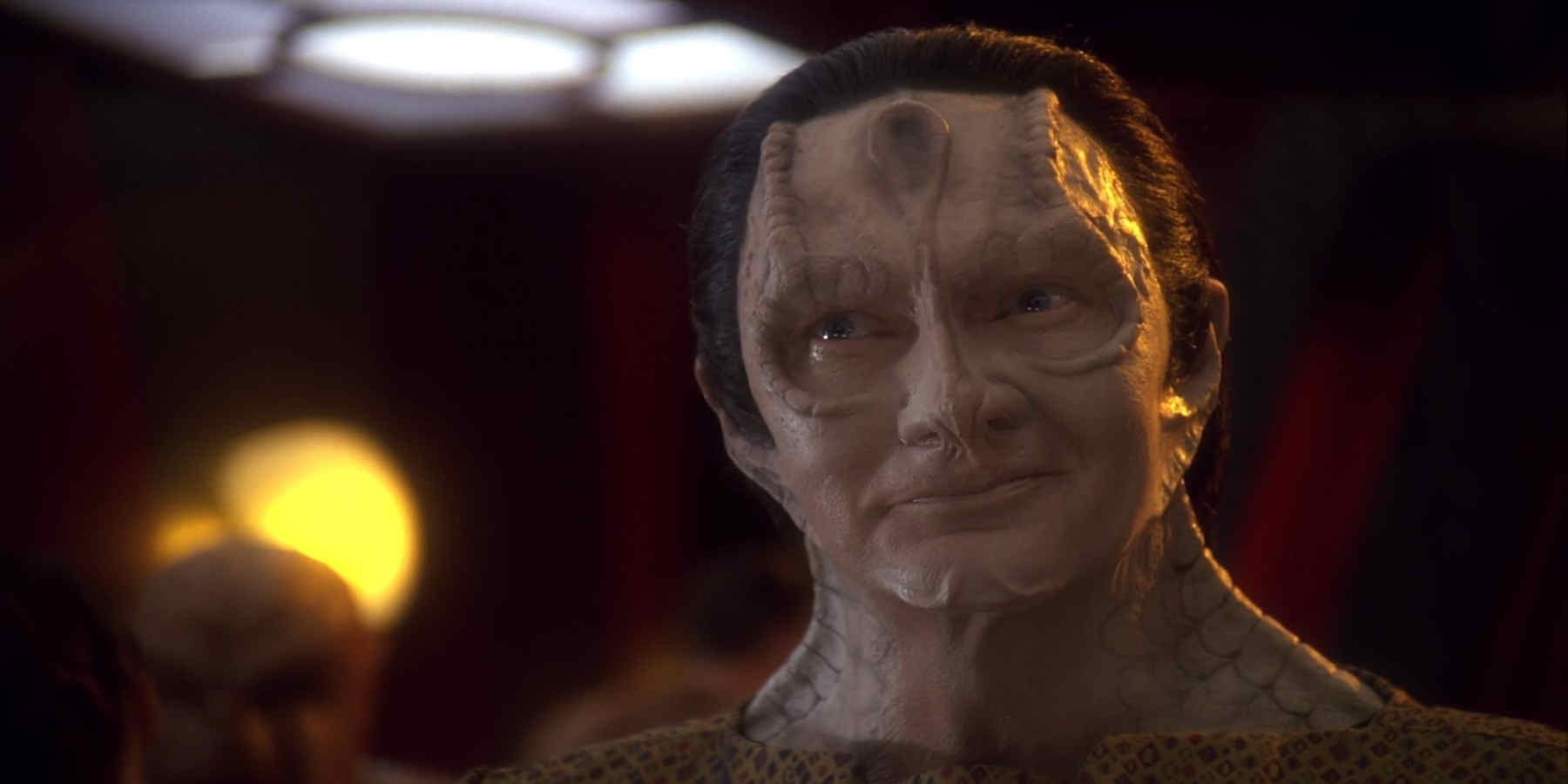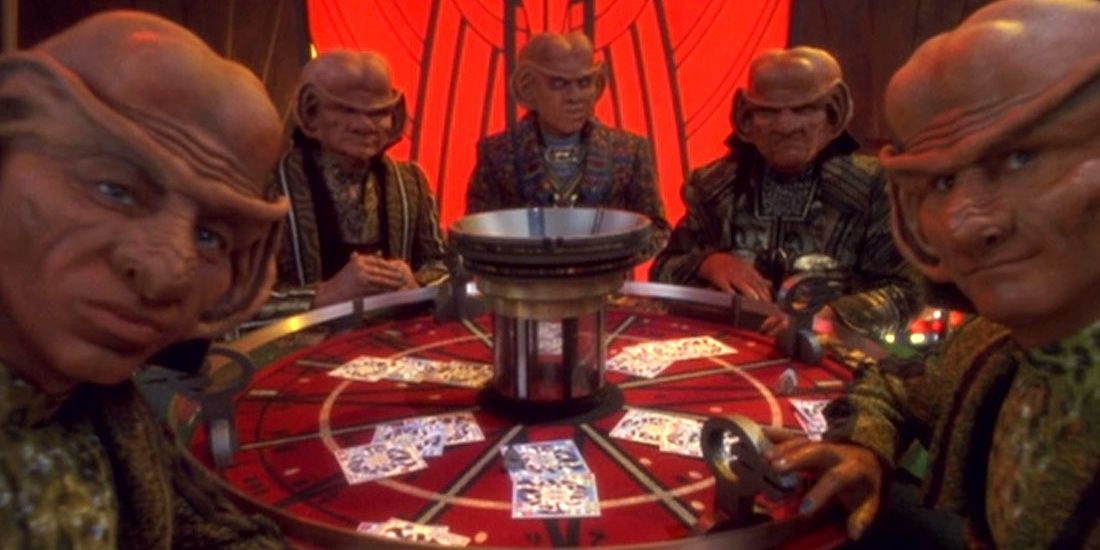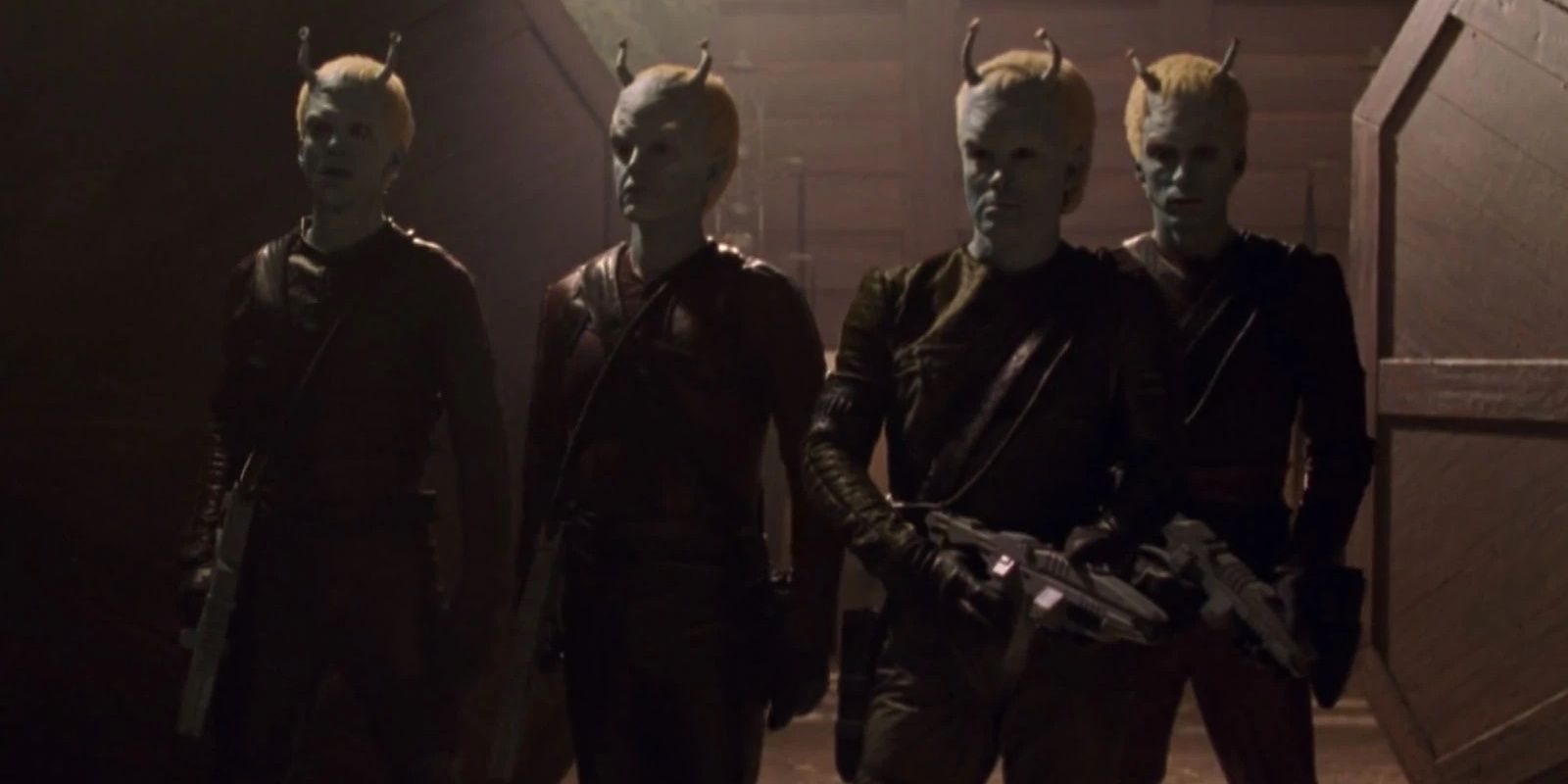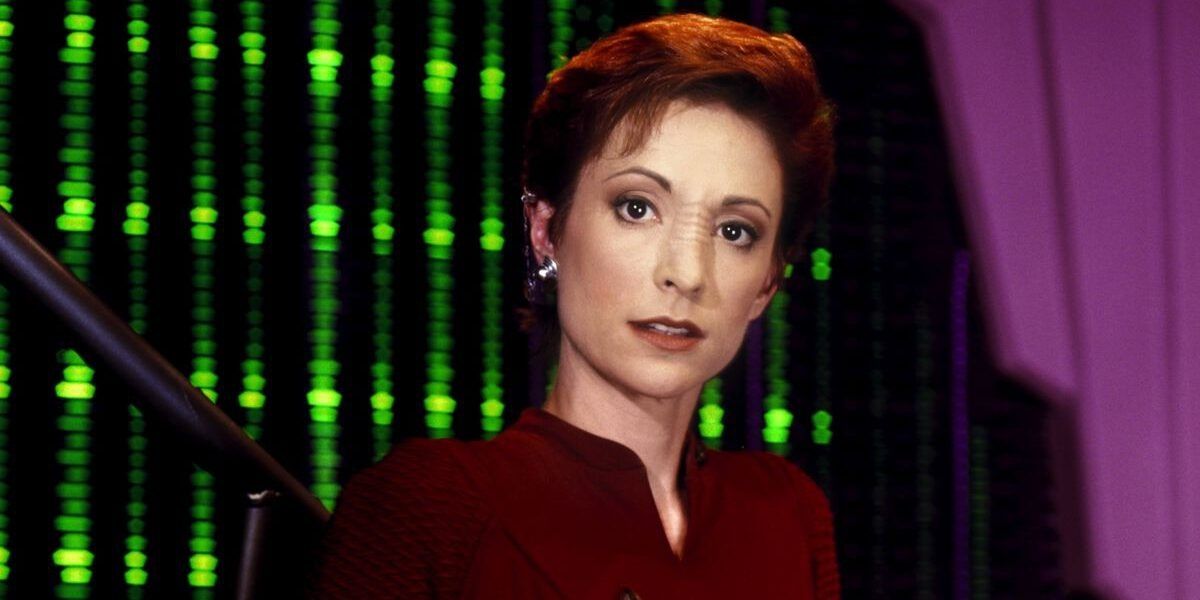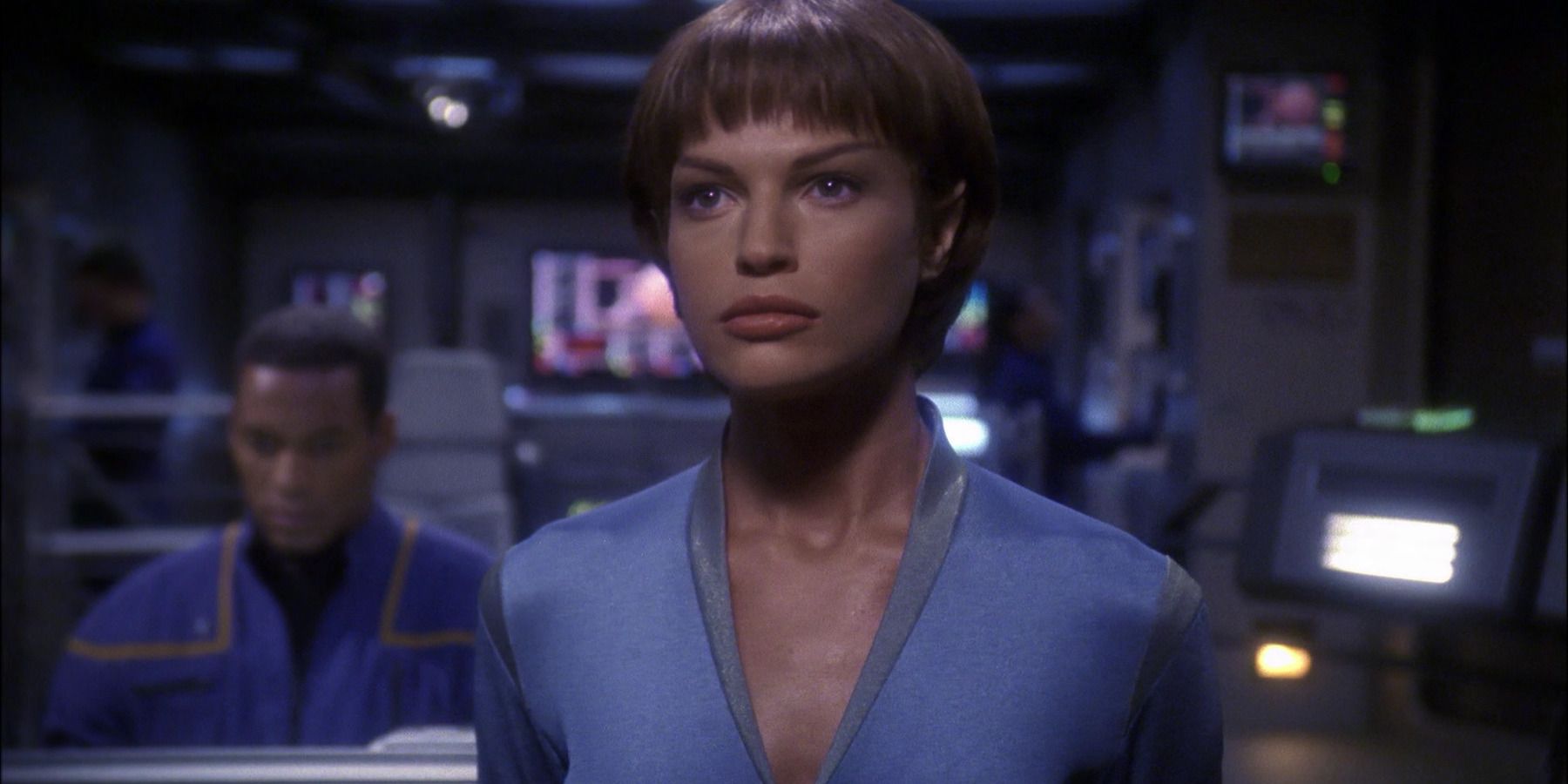Star Trek's Alpha Quadrant is the heartland of the Federation and home to some of the franchise's most iconic civilizations. The earliest days of Starfleet exploration, as depicted in Star Trek: Enterprise, featured first contacts with many species native to the Alpha Quadrant. Despite initial hostilities, these encounters laid the foundation for the alliance that would become the United Federation of Planets.
Alpha Quadrant civilizations have played significant roles not only in terms of Star Trek's in-universe history, but also in how the franchise has continued to develop. Although not all these powers are friendly towards the Federation, the vast array of species embodies the Vulcan philosophy of "infinite diversity in infinite combinations."
10 Kzinti
Long before Star Trek: Lower Decks came 1973's Star Trek: The Animated Series. The show's animated format allowed for some inventive designs, including the insectoid Em/3/Green, the avian Skorr, and bizarrely, Satan himself.
The episode "The Slaver Weapon" is author Larry Niven's sole contribution to broadcast Trek and features the feline Kzinti. These piratical aliens are notable because they initially appeared in Niven's own writing before being reused. The Kzinti threaten the Enterprise after they discover the titular Slaver weapon, before they themselves fall afoul of the artifact's destructive powers.
9 Denobulans
The jovial Denoublans were among humanity's first friends in the Alpha Quadrant. This bond is exemplified by the relationship between Star Trek: Enterprise's Captain Archer (Scott Bakula) and Phlox (John Billingsley). Denobulans differ from humans in many ways, including their polyamorous nature, long tongues, and ability to inflate their faces like pufferfish.
Despite their amiability, Denobulan traditions (such as eating animals resembling dogs) sometimes cause conflict with humans. Nor are the Denobulans an entirely peaceful civilization — they killed 20 million Antarans during several wars, leading to grudges between the two species.
8 Betazoids
The empathetic powers of the black-eyed Betazoids risked becoming something of a joke on Star Trek: The Next Generation, as half-Betazoid Deanna Troi (Marina Sirtis) always seemed to have an excuse as to why her powers wouldn't work that week. This limitation was necessary to facilitate alien deception plots. Nonetheless, Troi's heritage allowed her to play a key role in several episodes, including "Night Terrors."
The Betazoid civilization was further explored in Voyager. The murderous tendencies of Lon Suder (Brad Dourif) added a new facet to a species that had previously been depicted as honest and compassionate, bringing nuance to the culture.
7 Humans
Humans may not have the pointed ears of the Vulcans or the ridged foreheads of the Klingons, but their contribution to the Alpha Quadrant's history cannot be understated. Although humans initially relied on the more advanced Vulcans for technological assistance, it was humanity that convinced many feuding Alpha Quadrant civilizations to work together, laying the groundwork for the Federation.
Perhaps this centering is an inevitable consequence of production realities, but it's hard to dispute that the human race has left its mark on the Star Trek universe. From the initial voyages of Captain Archer to the post-Burn era of Star Trek: Discovery, their impact is impossible to understate.
6 Cardassians
The Cardassian Union has featured in some of Star Trek's most iconic stories, including TNG episodes "Chain of Command" and "The Wounded," and serving as a focus during much of Deep Space Nine. This militaristic civilization contains some of Trek's most memorable characters, namely Marc Alaimo's villainous Gul Dukat and Andrew Robinson's "plain, simple" Garak.
Cardassian civilians live under an oppressive regime, overseen by the powerful Obsidian Order. The Union's imperial ambitions bring it into conflict with the Bajorans, the Federation, and the Klingon Empire. However, the Cardassians somewhat redeem themselves with a dramatic heel–face turn during the closing days of the Dominion War.
5 Ferengi
Although it seems strange that the often comedic Ferengi were ever pitched as TNG's answer to the Klingons, there is some logic to the concept. The latinum-obsessed Ferengi are as ideologically opposed to the moneyless Federation as The Original Series' Soviet analog Klingons were to the Federation.
Indeed, the Ferengi have proven a profitable addition to the Star Trek universe. Deep Space Nine developed the Ferengi in classic episodes such as "Only a Paper Moon" and "Treachery, Faith, and the Great River," as well as in clunkers like "Profit and Lace." Even the USS Voyager, stranded light years away from home, would encounter the covetous civilization deep in the Delta Quadrant.
4 Andorians
The antennaed Andorians made their first appearance in the 1967 Original Series episode "Journey to Babel." However, aside from a brief TNG cameo, the civilization would not be further explored until Star Trek: Enterprise. The prequel series shows their evolution from enemies of the Vulcans to founding members of the Federation, a transition embodied in the character arc of Shran (played by prolific Trek actor Jeffrey Combs).
Enterprise developed many aspects of Andorian culture, including the Ushaan, a duel fought to the death with ice picks. The series also introduced the Aenar, telepathically gifted relatives of the Andorians.
3 Bajorans
Gene Roddenberry's vision for Star Trek: The Next Generation was of a humanist utopia that had grown beyond concepts like money and religion. The improved human race of Star Trek's future would eschew interpersonal conflict and favor scientific discovery over spiritualism or faith.
Deep Space Nine's focus on the Bajorans, believers in a race of alien gods called the Prophets, upended this philosophy. As such, the Bajorans represent not only a civilization that played a significant role in Alpha Quadrant history, but also a race that changed the kind of stories that Star Trek was able to tell.
2 Trill
The spotted Trill are split into two groups: those who are joined with ancient symbionts, who incorporate aspects of the symbiont's past hosts; and those who are not. Joining with a symbiont is hugely prestigious in Trill society. Switching up hosts also allows for Trill characters to be recast in the event of actors leaving a series.
Since their introduction in TNG's "The Host," the symbiotic Trill have been central to the franchise's investigation of gender and sexuality. Deep Space Nine used the Trill to realize Star Trek's first same-sex kiss in 1995's "Rejoined," while Discovery would explore the theme of gender through the character of Adira Tal, a human carrying a Trill symbiont.
1 Vulcans
Following the lackluster reception of Star Trek's initial pilot episode, "The Cage," Gene Roddenberry was given an ultimatum: either remove the episode's competent female character Number One, or the "satanic," pointy-eared Spock. Roddenberry's choice may have been a setback in terms of representation, but it provided the Star Trek franchise with arguably its most iconic Alpha Quadrant civilization: the Vulcans.
The logical Vulcans typically act as a foil to the idealistic and impulsive human race, whether in the form of Spock, Voyager's Tuvok, or Enterprise's T'Pol. They also represent one of the few Trek cultures to have transcended the franchise and entered the popular imagination, from the "live long and prosper" salute to their infrequent mating ritual, pon farr.

